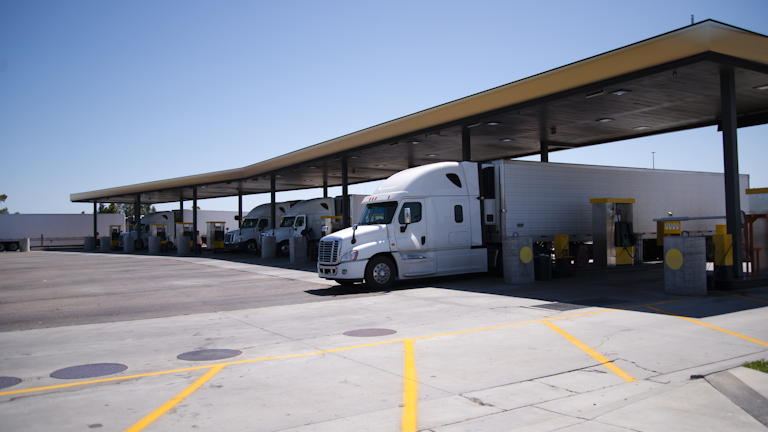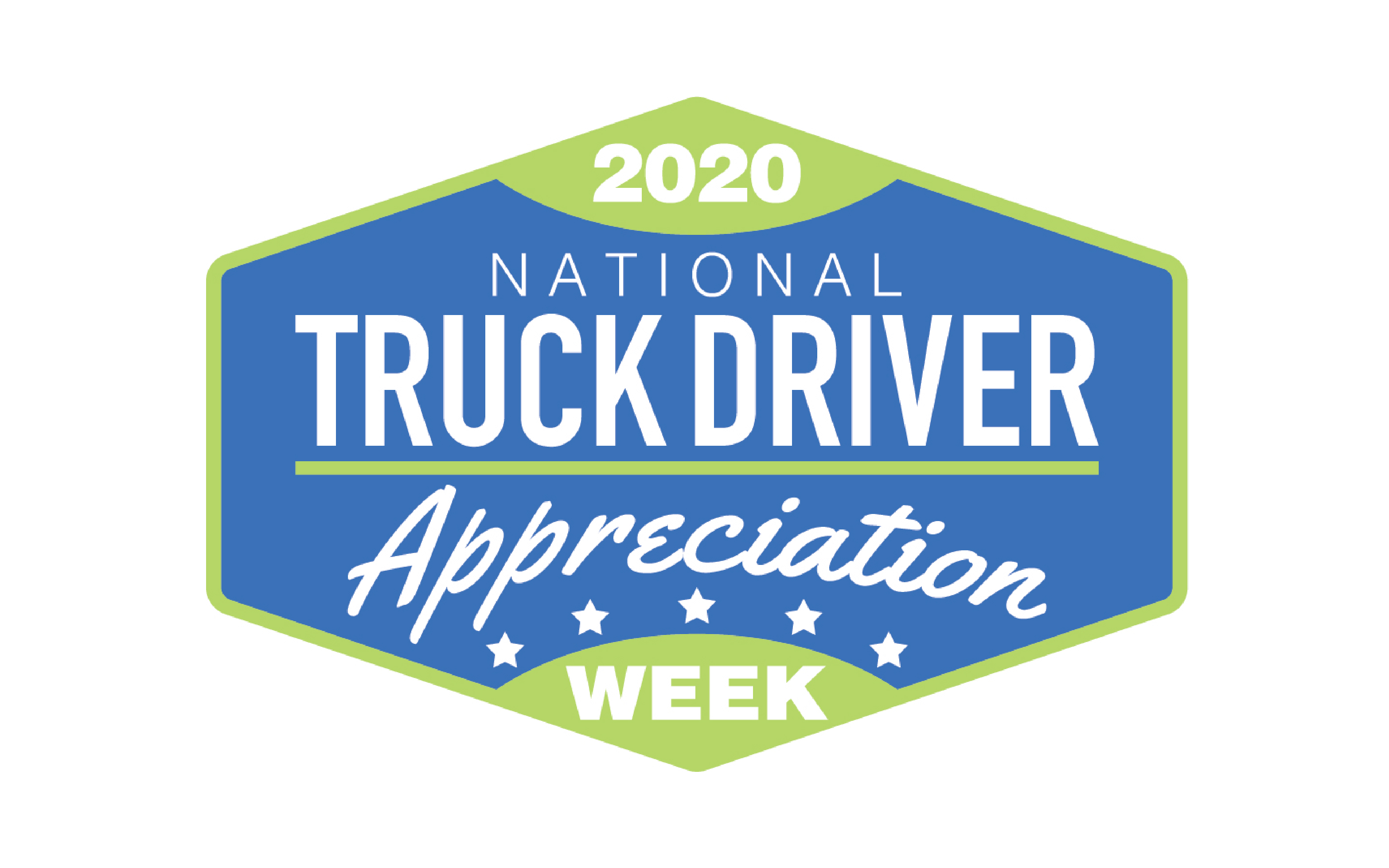Ten lessons learned during NACFE’s 2017 Run on Less event
prove what fleets can do to improve its miles per gallon.
In all of the excitement about developments in electric trucks, I want to make sure we don’t lose sight of the necessary work of improving the efficiency of diesel-powered vehicles. They will make up the majority of the new truck production for a while.
As many of you may recall, in 2017 during NACFE’s first Run on Less, seven drivers achieved an average 10 MPG over a three-week period. Remember that was the average of all seven trucks over the 17 days (99 truck-days) with four truck-days reaching between 12.5 and 13.0 MPG.
Since that event, we are hearing more fleets and drivers talk about striving to reach 10 MPG consistently. As we analyzed the data from the Run we came up with what we called 10 Actions to Achieve 10+ MPG.
Whenever I am asked about what one thing can make a difference in improving MPG, I always refer to our 10 Actions graphic. The truth is there is no one thing that will get a fleet to 10 MPG. Each fleet has different operating conditions, duty cycles and challenges. And each fleet is at a different point on its path to better MPG.
It’s been awhile since I talked about the 10 Actions, so I hope you won't mind if I do so now. I figure a little refresher is always a good thing.
In no particular order, here are the 10 lessons we learned about improving MPG from Run on Less 2017.
- Use downsped powertrains and AMTs: AMTs enable downspeeding but be aware that the most aggressive downspeeding is best suited for applications with high average speeds and a low amount of starts and stops.
- Educate and incent drivers: The driver is one of the key elements to success in achieving high MPG. Hire drivers that are already committed to driving in a fuel-efficient manner or train existing drivers about how to save fuel. Enlist the aid of drivers who are getting excellent MPG to share their tips and secrets with other drivers and to talk about why good MPG matters.
- Buy all available tractor aerodynamics: Manufacturers have worked hard to improve the aerodynamic efficiency of their base models but adding all available sleeper tractor aerodynamic devices has proven to have a high ROI in line-haul applications.
- Adopt appropriate trailer aerodynamics: Look at trailer aerodynamics in three key areas — side, rear and front. Invest in those that are most appropriate depending on the characteristics of your duty cycles.
- Optimize cruise control and vehicle speed: Engine parameter settings are your friends. Use them wisely to optimize for fuel efficiency. And remember to review them periodically or as your operation changes. Tweak as needed.
- Keep equipment well maintained: Solid maintenance practices ensure vehicles run as intended and play a role in improving fuel efficiency.
- Implement the right axle configuration: Use the correct axle specification for the job depending on payload, speed, maneuverability and fleet practices related to tire management.
- Embrace low rolling resistance tires: Low rolling resistance tires are one key element to achieving high MPG but be sure to make tire selection based on application and region.
- Provide tools to reduce idle time: The truck should be shut off whenever possible, but drivers need to be comfortable and have access to creature comforts as well. Technology and engine parameters can help you achieve both goals.
- Build a culture of methodically choosing technologies: Make sure you have a process in place to vet technologies that can increase fuel economy. It is imperative that you understand the performance they can achieve and their payback or ROI.
These 10 actions taken together or separately can help you boost the MPG of your existing diesel-powered vehicles — and all of these, except for number 1, will be just as important on electric trucks. Together, they will help increase the range of electric trucks by 30% or 40%.
SOURCE: https://www.fleetowner.com/industry-perspectives/ideaxchange/article/21140753/10-ways-to-improve-diesel-efficiency

